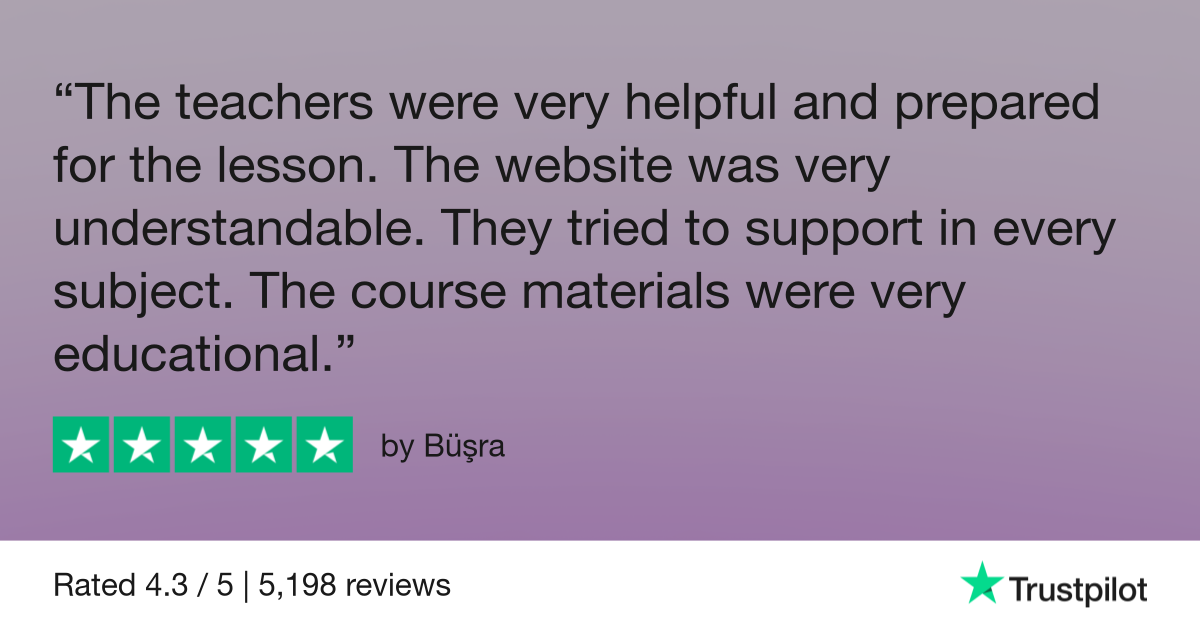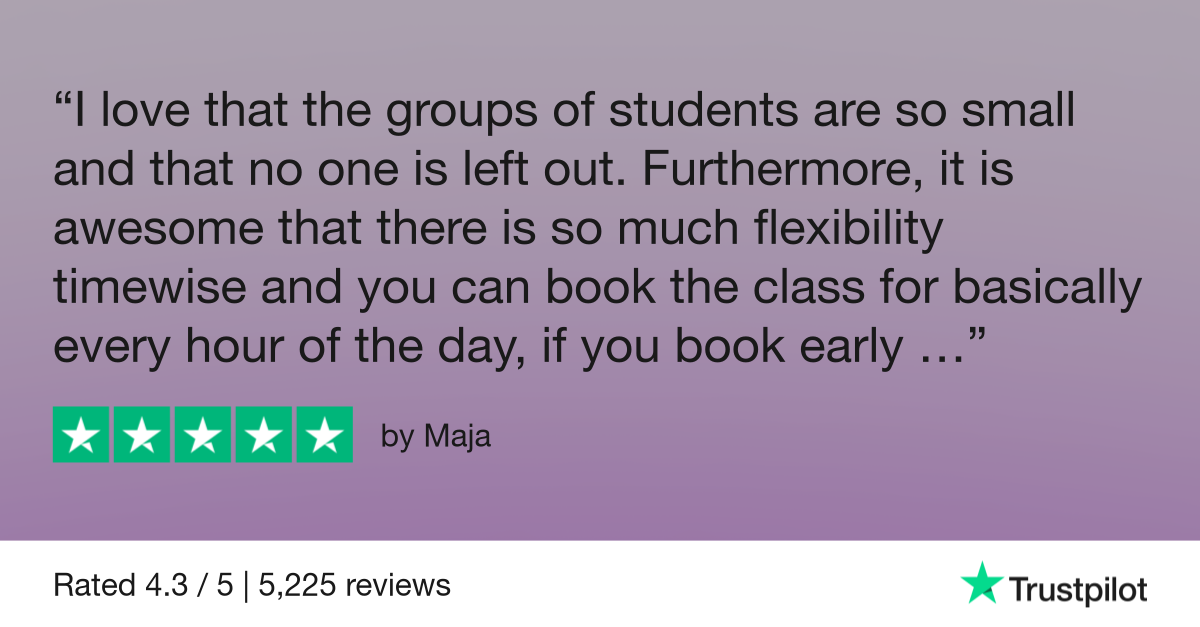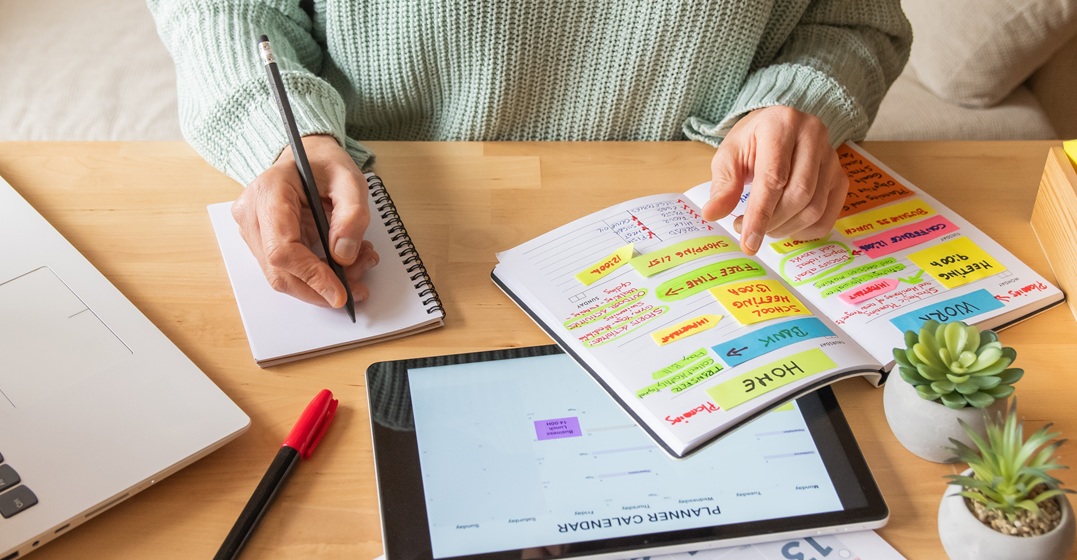Your ultimate vocabulary guide to body parts in Italian

After all, Italian is a language not only of words but of animated body gestures that bring conversations to life.
In this guide, you’ll discover key body part names, explore fun idioms and get a glimpse into Italy’s famous body language. We’ll also share practical phrases for real-life situations and tips to help you memorize them effortlessly. By the end, you won’t just know how to say braccio or occhio — you’ll understand how Italians use these words every day.
- Basic body parts vocabulary
- Plural forms and gender agreement
- Common idiomatic expressions involving body parts
- The role of hand gestures in Italian communication
- Practical applications
- Tips to learn the body parts in Italian
- FAQs
Basic body parts vocabulary
Head and face
| Italian | Pronunciation | English |
| la testa | tehs-tah | head |
| il viso | vee-soh | face |
| l’occhio | ohk-kyoh | eye |
| l’orecchio | oh-reh-kyoh | ear |
| il naso | nah-soh | nose |
| la bocca | boh-kah | mouth |
| il dente/i denti | dehn-teh/dehn-tee | tooth/teeth |
| la lingua | leen-gwah | tongue |
| la guancia | gwahn-chah | cheek |
| il mento | mehn-toh | chin |
Upper body
| Italian | Pronunciation | English |
| il collo | kohl-loh | neck |
| la spalla | spahl-lah | shoulder |
| il braccio | brah-chio | arm |
| il gomito | goh-mee-toh | elbow |
| il polso | pol-soh | wrist |
| la mano | mah-noh | hand |
| il dito/le dita | dee-toh/dee-tah | finger(s) |
| il torace | toh-rah-cheh | chest |
| la schiena | skye-nah | back |
| l’ascella | ah-shell-ah | armpit |
Lower body
| Italian | Pronunciation | English |
| l’anca | ahn-kah | hip |
| la coscia | koh-shah | thigh |
| il ginocchio | jee-noh-kyoh | knee |
| il polpaccio | pohl-pah-choh | calf |
| la caviglia | kah-vee-lyah | ankle |
| il piede | pyeh-deh | foot |
| il tallone | tahl-loh-neh | heel |
| le dita del piede | dee-tah del pyeh-deh | toes |
| i glutei | gloo-teh-ee | buttocks |
| l’inguine | een-gwee-neh | groin |

Learn Italian with Lingoda
How it works

Plural forms and gender agreement
Nouns are gendered in Italian. So, when we talk about body parts, we must know their gender to understand how they change in the plural and how adjectives agree with them.
Most nouns ending in -o are masculine, and their plurals end in -i:
- un occhio (one eye) → due occhi (two eyes)
Most nouns ending in -a are feminine, and their plurals end in -e:
- una spalla (one shoulder) → due spalle (two shoulders)
Nouns ending in -e can be either gender (you must simply memorize them), and their plurals always end in -i:
- il dente (the tooth) → i denti (the teeth)
What about the exceptions? Yes, some body parts break these rules completely:
| Italian singular | Italian irregular plural | English |
| il braccio | le braccia | arm(s) |
| il dito (del piede) | le dita (del piede) | finger(s)/toe(s) |
| il ginocchio | le ginocchia | knee(s) |
Note: These exceptions generally apply to words that originate in Latin. This is just one of the many ways in which modern Italian still shows its Latin roots.
Common idiomatic expressions involving body parts
Italian is full of expressions that use body parts metaphorically to describe feelings, actions and situations. Many of these metaphors don’t translate literally into English, but nearly all of them are vivid enough to remember without much trouble.
Here are some of the most common Italian idioms and metaphors involving body parts:
- avere le mani bucate (to have holes in one’s hands, i.e., to be someone who can't hold onto money)
- avere il cuore in gola (to have the heart in one's throat, i.e., to be very scared)
- farsi in quattro (to split oneself into four, i.e., to go above and beyond)
- non avere peli sulla lingua (to have no hairs on one’s tongue, i.e., to be brutally honest)
- mettere il naso negli affari altrui (to stick one's nose in others' business, i.e., to be nosy)
- essere tutto orecchi (to be all ears, i.e., to be fully attentive)
- avere le braccia corte (to have short arms, i.e. to be stingy)
- prendere qualcuno sotto gamba (to take someone under the leg, i.e. to underestimate someone)
- stare con le mani in mano (to stay with hands in hand, i.e., to be idle)
- avere la testa fra le nuvole (to have one’s head in the clouds, i.e. to be a daydreamer)
The role of hand gestures in Italian communication
If you’ve ever seen Italians talk, you’ve probably noticed that their hands speak just as much as their words. Gestures are a fundamental part of Italian communication, adding emotion, emphasis and meaning to conversations. Some gestures have been passed down for many generations, and have become so iconic that they almost allow you to have a conversation without using words. Let’s take a look at some of them!
🤌 Fingers pinched together, moving up and down
Meaning: What are you saying? What do you want? This gesture may also simply double as a question mark. Use it when you’re confused, frustrated or questioning something.
🤷 Brushing the top of your fingers off the chin
Meaning: I don’t care. This gesture can be playful or dismissive, depending on the context.
🏃 Flicking the back of the hand under the chin
Meaning: Let’s leave; forget about it; there’s no sense trying. Use this gesture to discreetly signal someone to go or to drop a subject of conversation.
🤯 Tapping the index finger to the side of the head
Meaning: That’s crazy! Use this gesture when someone is acting irrationally.
😋 Poking the cheek with the index finger and twisting it
Meaning: Flavorful or delicious. Use this gesture to express that something tastes great.
Practical applications
Knowing how to talk about body parts in Italian isn’t just useful for casual conversation. It’s also essential in medical situations and when describing sensations or emotions. Whether you need to explain a symptom at the doctor’s office or express how you feel, these Italian phrases will help you confidently navigate real-life situations.
Medical situations
- Mi fa male la testa. (My head hurts.)
- Ho mal di stomaco. (I have a stomachache.)
- Mi sono fatto/-a male al ginocchio. (I hurt my knee.)
- Mi gira la testa. (I feel dizzy.)
- Può controllare il mio polso? (Can you check my wrist?)
- Ho un dolore al petto. (I have chest pain.)
- Mi sono tagliato/-a il dito. (I cut my finger.)
- Sono allergico/-a a… (I’m allergic to…)
- Mi serve un medico. (I need a doctor.)
- Dove si trova la farmacia più vicina? (Where is the nearest pharmacy?)
Describing physical sensations and emotions
The idiomatic meanings of the below expressions directly translate to English, and you can use them to describe physical sensations and emotions in the same contexts.
- Mi batte forte il cuore. (My heart is racing.)
- Ho i brividi. (I have chills.)
- Mi tremano le mani. (My hands are shaking.)
- Ho le gambe pesanti. (My legs feel heavy.)
- Mi sento le farfalle nello stomaco. (I feel butterflies in my stomach.)
- Mi scoppia la testa. (My head is exploding.)
- Ho la pelle d’oca. (I have goosebumps.)
- Mi manca il respiro. (I’m out of breath.)
- Mi sento debole. (I feel weak.)
Tips to learn the body parts in Italian
Memorizing body parts in Italian can be fun and easy with the right methods! Here are some of the most effective ways to practice:
- Use flashcards – Write the Italian name on one side and the English translation on the other. Some apps also offer digital flashcards if you don’t have paper on hand.
- Label your body – Stick small labels on different parts of your body (or on a drawing) to reinforce vocabulary visually.
- Practice with gestures – Point to or touch the body part while saying its name out loud. This physical connection can help with memory consolidation.
- Sing songs and watch videos – Children’s songs and YouTube videos make learning engaging and interactive.
- Describe symptoms – Imagine explaining an illness or sensation to a doctor using the vocabulary.
- Take online classes – Platforms like Lingoda offer structured lessons with native teachers to help you improve your vocabulary and pronunciation.
Consistency is key, so you can always mix different techniques to help reinforce what you learn!

Learn Italian with Lingoda
How it works

What body parts are on the waist?
On the vita (waist), you will find i fianchi (the hips) and l’ombelico (the navel).
How do you describe someone's hair in Italian?
To describe someone’s hair, simply say, "Ha i capelli..." + the appropriate adjective (e.g., Lei ha i capelli ricci → She has curly hair.)
How is body language used in Italy?
Italians typically use hand gestures and facial expressions to emphasize emotions, clarify meaning and add flair to communication.
From head to toe: Now you know the body parts in Italian!
Mastering body parts goes beyond simple Italian vocabulary — it’s about understanding grammar, idioms, gestures and real-life usage. From singular and plural rules to expressive hand movements, you now have the tools to speak more naturally and confidently.
If you want to continue learning Italian, why not consider Lingoda? Our native-level teachers offer structured lessons and real-life conversation practice!
The next time you’re speaking Italian, don’t forget to let your hands do some of the talking! Using vocabulary and gestures in daily situations will help you build confidence. Remember to practice often and, most importantly, have fun with it!
















